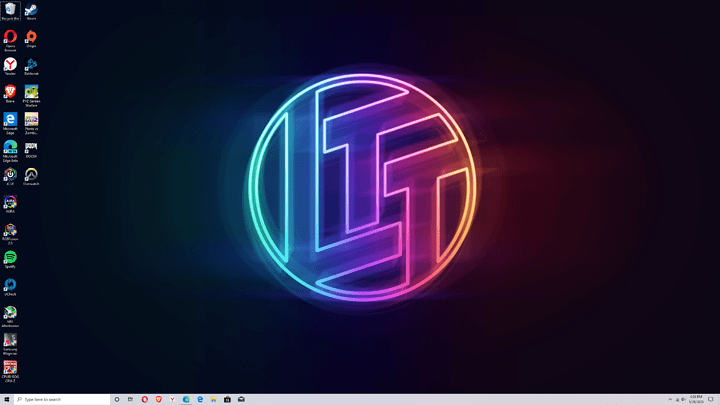Subject line might be a little lengthy, but it says all. (While I’m not really a photo or video editor or anything like that, I do at least want the image quality to look as good as I can get it. I may not have any of those color calibrator tools for the very fine tuning & I’m no expert at this sort of thing, but I feel like I can get better at it over time from people like you guys who can help & have far more experience. But my main concern is how accurate are my Brightness & Contrast settings that I have & if they actually need a little bit of “tweaking” in order to be better.) With that said, I’ll give you some details.
My display of choice is the Optix MPG27CQ from MSI & it’s connected via DP & also via the included USB cord to my gaming pc. BTW, if you need the info about the monitor, just look it up on MSI’s website & you’ll find it in case anyone needs to know. I should also mention that I used the Color Calibrator built into Windows & went thru the process BEFORE I actually looked over my monitor settings. Included below I will have my current monitor settings as they are along with a screenshot I took earlier to show you how the colors look & all that.
Current Monitor Display Settings:
Under the Gaming section, the Game Mode is set to User & the Black Tuner is set to 10/20.
In the Professional section, the Pro Mode is also set to User & Image Enhancement is turned off.
As for the Image section, Brightness is set to 80/100, Contrast is set to 70/100, Sharpness is off, & Color Temperature is set to Normal.
As for my room itself where the pc resides, the room itself is a bit small but I keep it bright using my ceiling fan which has a few light sockets. I only populate 2 of the 3 sockets with 72W 120V light bulbs.
Now I know that not everyone’s eyes are the same & what may work for 1 person may not work for another, but I still would highly appreciate your thoughts, input, advice comments, suggestions, & tips if there’s anything you think/believe could use improving. (As far as my monitor settings go.) The screenshot is included as a point of reference so you can help properly & as you can tell, I’m a LTT fanboy. 
If any of you happen to need more details or have any questions for me, just go ahead, ask & I’ll get back to you in a flash! Thanks to anyone who might be able to help! 


